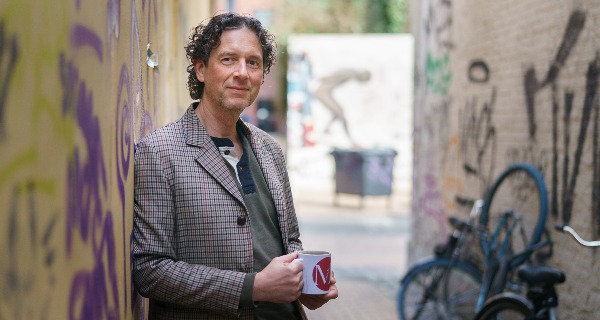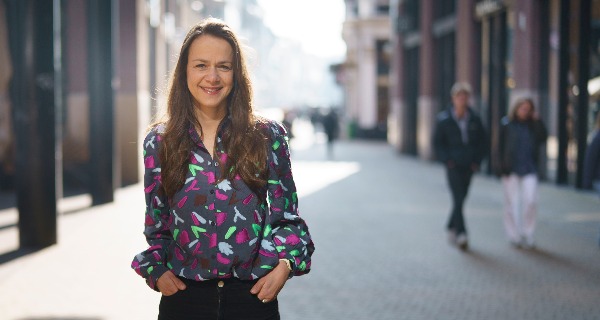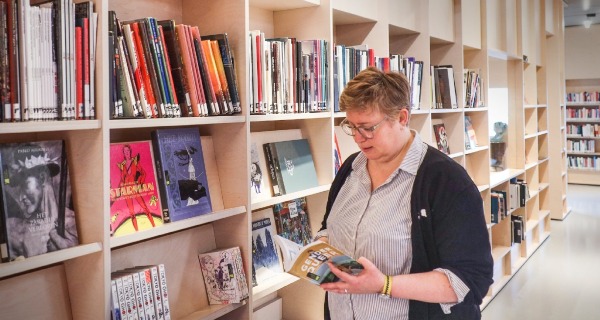Letteren Lounge
Verken met ons de kracht van verschillende perspectieven
Ben je geïnteresseerd in kunst, cultuur, politiek, geschiedenis of media? Ontdek de Letteren Lounge met lezingen, podcasts, filmavonden, cursussen en verhalen voor iedereen uit de stad en omgeving.
Agenda
-
Studium Generale at Noorderzon | What's the Taste of Our Clothes? - María Pilar Uribe Silva and Harm Coordes15:00 - 16:15 Pollux, Noorderzon
-
Zpannend Zernike!Academiegebouw RUG / Zernike
-
Spinoza Lecture with novelist Maria Duenas16:00 - 17:00 Aula, Academy Building, Broerstraat 5, Groningen
Learning to Learn Languages, met dr. Arianna Bisazza
Please change your cookie settings to see this video







